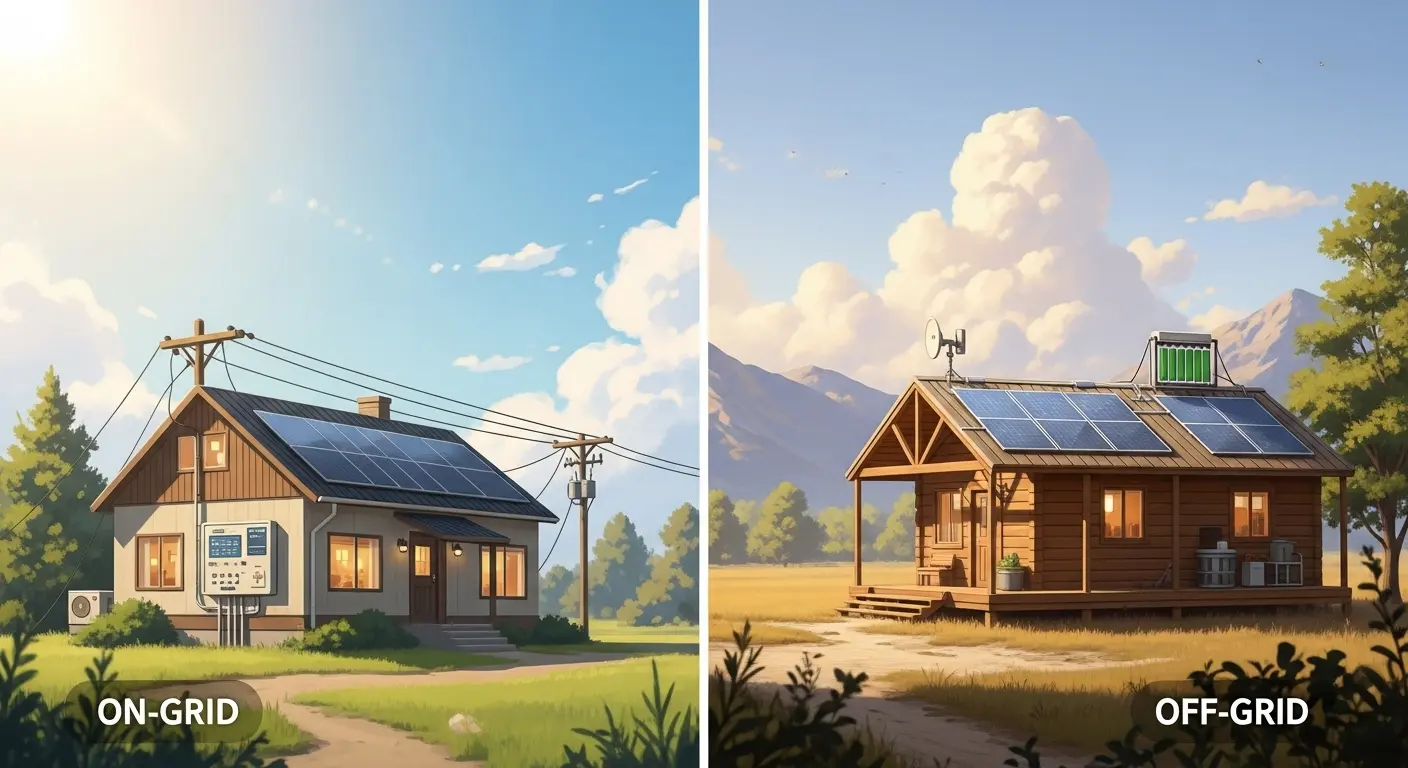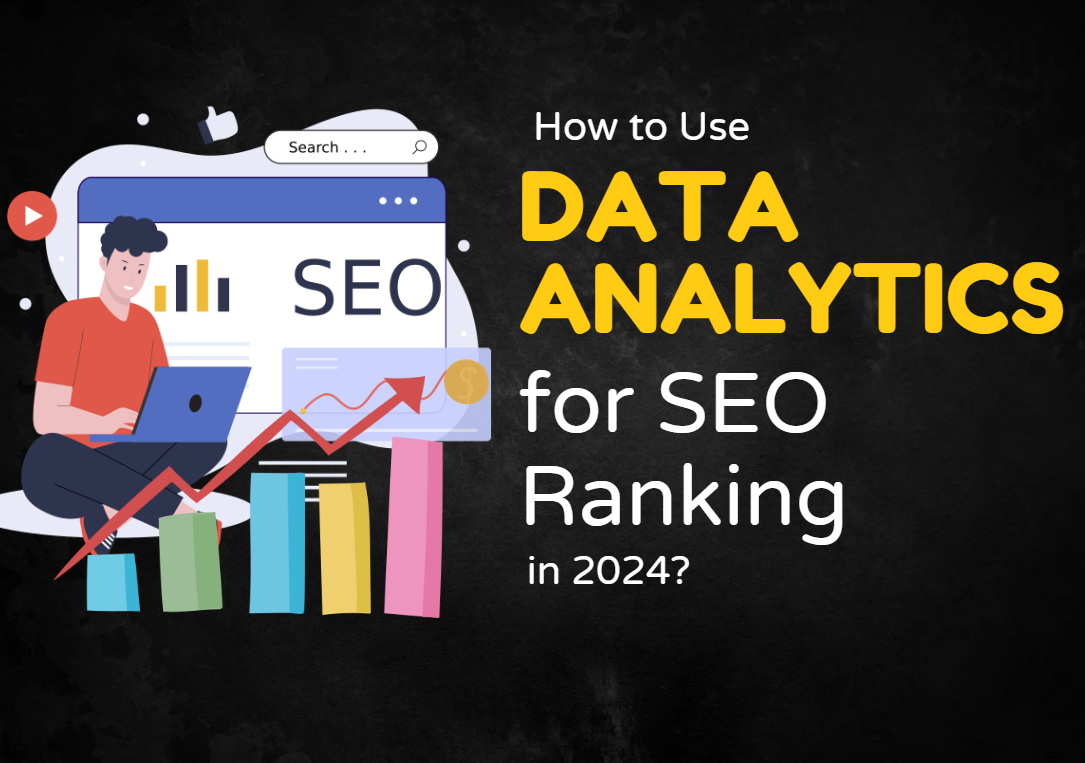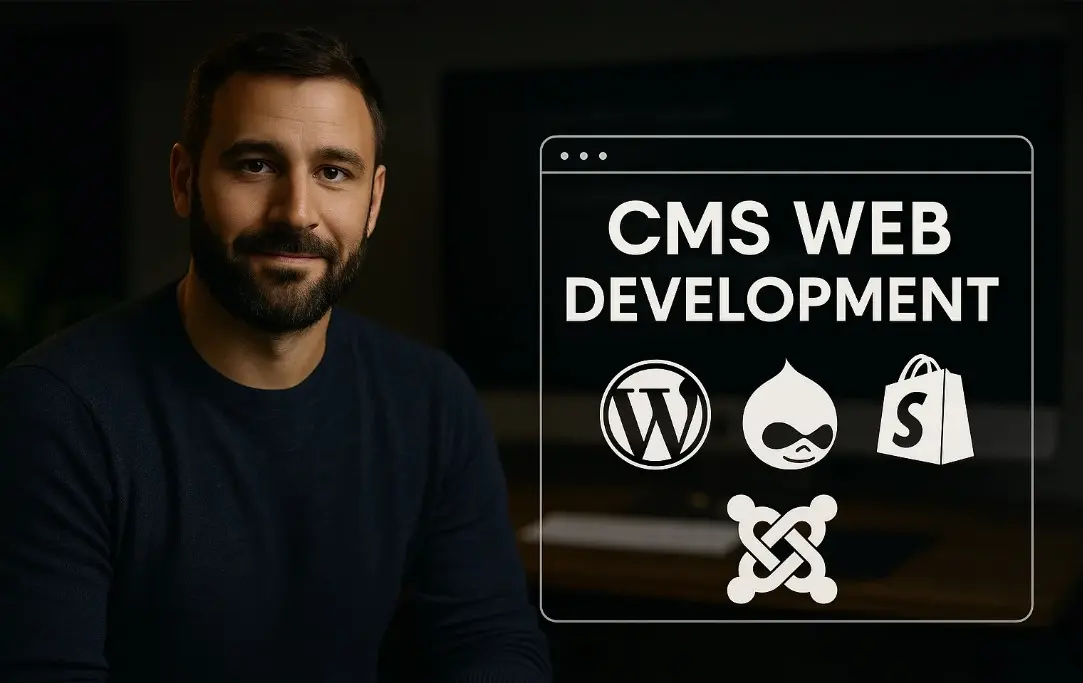
Have you ever looked up at the sun and wondered, “Can this bright light help run my home?” Well, yes it can! Solar energy is a smart and clean way to make electricity. But there are two main types of solar systems that people use — Off-Grid and On-Grid.
In this guide, we’ll explain what these systems are, how they work, and how they are different from each other. Let’s shine some light on the topic!
What Are Solar Power Systems?
Solar power systems take energy from the sun and turn it into electricity. This is done using solar panels. These panels sit on rooftops or open land and soak up sunlight. Inside them, tiny parts called cells change sunlight into power.
There are two types of solar power systems:
- On-Grid Solar System (also called Grid-Tied)
- Off-Grid Solar System
Let’s learn about each of them one by one.
What is an On-Grid Solar System?
An on-grid solar system is also called a grid-tied system. It is connected to your local electricity lines, also called the power grid.
How Grid-Connected Solar Works
- During the day, your solar panels make electricity.
- You use the electricity in your home.
- If you make more power than you use, the extra goes to the grid.
- At night or when it’s cloudy, you use power from the grid.
This system helps you save money. You only pay for the power you use from the grid. Sometimes, you may even get credit for the power you send back to the grid!
Grid-Tied Solar System Benefits
Let’s look at the big benefits of a grid-tied solar system:
- Lower electric bills: You can save a lot on monthly bills.
- Net metering: You get credit for giving power to the grid.
- No need for batteries: You use the grid when there is no sun.
- Less maintenance: It’s simple to manage.
- Great for cities: Best for homes in places with good power supply.
What is an Off-Grid Solar System?
An off-grid solar system is not connected to the power grid at all. This means it works alone, like an island.
Solar System with Battery Storage
This system needs batteries to store energy. Here’s how it works:
- Solar panels make power from the sun.
- The power is used by your home right away.
- Extra power is saved in batteries.
- At night or when it’s cloudy, you use the power stored in the batteries.
So, your home is always powered, even without the grid.
Off-Grid Solar System Pros and Cons
Let’s talk about the good and not-so-good things.
Pros:
- Full independence: You don’t need any electricity company.
- Perfect for remote areas: Great where power lines don’t reach.
- No monthly bills: You’re not using the grid at all.
Cons:
- Batteries are costly: Buying and replacing them can be expensive.
- Limited power: If there’s no sun and batteries are empty, you may have no power.
- Needs careful planning: You must know how much power you use daily.
Off-Grid Living with Solar Energy
Some people love the idea of living “off the grid.” It means living in a place where you make your own power, water, and food.
Off-grid living with solar energy gives you freedom. You don’t have to worry about power cuts. Many cabins, farms, and small homes in far-off places use this system. It’s also good for the environment!
Difference Between Off-Grid and On-Grid Solar
Let’s compare both systems side by side in a simple table:
| Feature | On-Grid Solar | Off-Grid Solar |
|---|---|---|
| Connected to Power Grid | Yes | No |
| Uses Batteries | No | Yes |
| Monthly Electricity Bill | Low or Zero | None |
| Best For | Homes in cities | Remote homes and cabins |
| Cost | Cheaper to install | Costly due to batteries |
| Power During Grid Outage | No (unless hybrid) | Yes (if battery charged) |
| Energy Independence | Partial | Full |
Which Solar System is Right for You?
Choosing the right solar system depends on many things. Ask yourself:
- Do you live in a city or village?
- Is your area connected to the power grid?
- Can you afford batteries?
- Do you want full control over your power?
Choose On-Grid If:
- You live in a city.
- You have access to the power grid.
- You want to save money on your bills.
Choose Off-Grid If:
- You live in a remote area.
- You want full energy freedom.
- You can manage batteries and their cost.
If you’re still not sure, contact a solar company in Lahore to get expert advice.
What About Hybrid Solar Systems?
There’s also a third option called a hybrid solar system. It combines both on-grid and off-grid features.
- It is connected to the power grid.
- It also uses batteries for backup.
This way, you have power even when the grid is down. It’s the best of both worlds — but it costs more.
Real-Life Examples
City Home with On-Grid System
Ali lives in Lahore. His house uses an on-grid solar system. On sunny days, his meter runs backward because he sends power to the grid. He saves money every month!
Farmhouse with Off-Grid System
Sana lives on a small farm near Murree. There is no power line nearby. Her house runs on an off-grid system with batteries. Even in winter, her solar setup keeps her warm and happy.
Final Thoughts
Solar energy is the future. It helps save money and protect our planet. Now that you know the difference between off-grid and on-grid solar systems, you can make the right choice.
Whether you live in a city or in the countryside, there’s a solar system for you. Always check your needs, budget, and location. And if you need help, talk to a trusted solar company near you.
Summary of Key Points
- Solar power systems help make clean electricity.
- On-grid systems are connected to the power lines.
- Off-grid systems work without the power grid.
- On-grid is best for city homes and saving money.
- Off-grid is best for remote areas and energy freedom.
- Hybrid systems give the benefits of both.
- Think about where you live and how much power you need.
- A good solar company in Lahore can help guide you.







